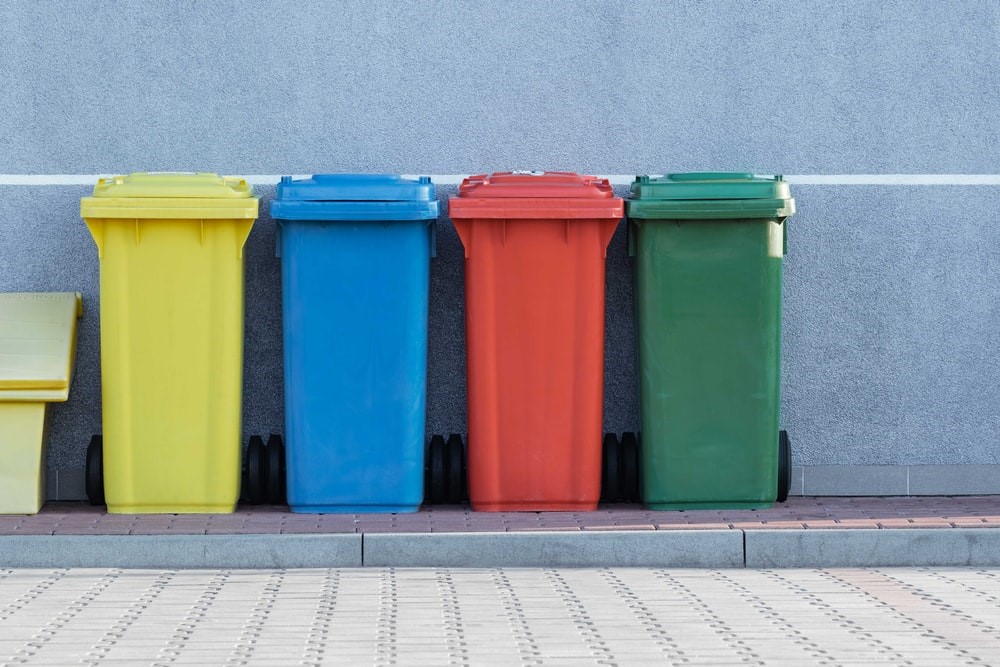Biomedical Waste Container Color Coding
9/15/2022

Biomedical waste disposal must be done well without damaging the environment or endangering patient and staff safety.
Types of biomedical waste
● General waste. It includes plastic, paper, and office waste
● Pathological waste. Waste that could be infectious to humans. It includes sharp and blood waste.
● Hazardous waste. It is infectious to humans and detrimental to the environment. It includes pharmaceutical containers.
● Radioactive waste. It’s from radioactive treatments such as cancer therapies.
Different Color-Coded Waste Bins
The colors are kept constant across all medical facilities to prevent confusion.
1. Yellow
It is the color code representing radioactive waste materials. It contains radiotherapy or chemo items such as gloves and gowns.
2. Red
These bins represent contaminated waste. They include materials involved in body fluids.
3. White
The containers are used for sharps waste. They must be lined up with puncture-proof bags.
4. Blue
These bins are used for medical glassware waste. They include general and medication pharmaceuticals.
Benefits of the Color Coding of Biomedical Waste Management
1. Segregation of waste.
- It reduces the quantity of waste that needs special treatment.
- Medical waste can be recycled.
- Prevent the reuse of wastes for illegal purposes.
2. Improves the image of the medical facility and avoids fines
3. Protecting the environment
Conclusion
Waste disposal involves more complex operations, despite the availability of color coding to help assure safe treatment and disposal. Before being destroyed or recycled, different forms of trash should go through additional multiple processes.
Coding helps you tell the difference between the contrasting types of biomedical waste. They are sorted into separate categories, each with one color. Color coding allows you to separate different types of hazardous medical waste and process it safely.
● General waste. It includes plastic, paper, and office waste
● Pathological waste. Waste that could be infectious to humans. It includes sharp and blood waste.
● Hazardous waste. It is infectious to humans and detrimental to the environment. It includes pharmaceutical containers.
● Radioactive waste. It’s from radioactive treatments such as cancer therapies.
Different Color-Coded Waste Bins
The colors are kept constant across all medical facilities to prevent confusion.
1. Yellow
It is the color code representing radioactive waste materials. It contains radiotherapy or chemo items such as gloves and gowns.
2. Red
These bins represent contaminated waste. They include materials involved in body fluids.
3. White
The containers are used for sharps waste. They must be lined up with puncture-proof bags.
4. Blue
These bins are used for medical glassware waste. They include general and medication pharmaceuticals.
Benefits of the Color Coding of Biomedical Waste Management
1. Segregation of waste.
- It reduces the quantity of waste that needs special treatment.
- Medical waste can be recycled.
- Prevent the reuse of wastes for illegal purposes.
2. Improves the image of the medical facility and avoids fines
3. Protecting the environment
Conclusion
Waste disposal involves more complex operations, despite the availability of color coding to help assure safe treatment and disposal. Before being destroyed or recycled, different forms of trash should go through additional multiple processes.
